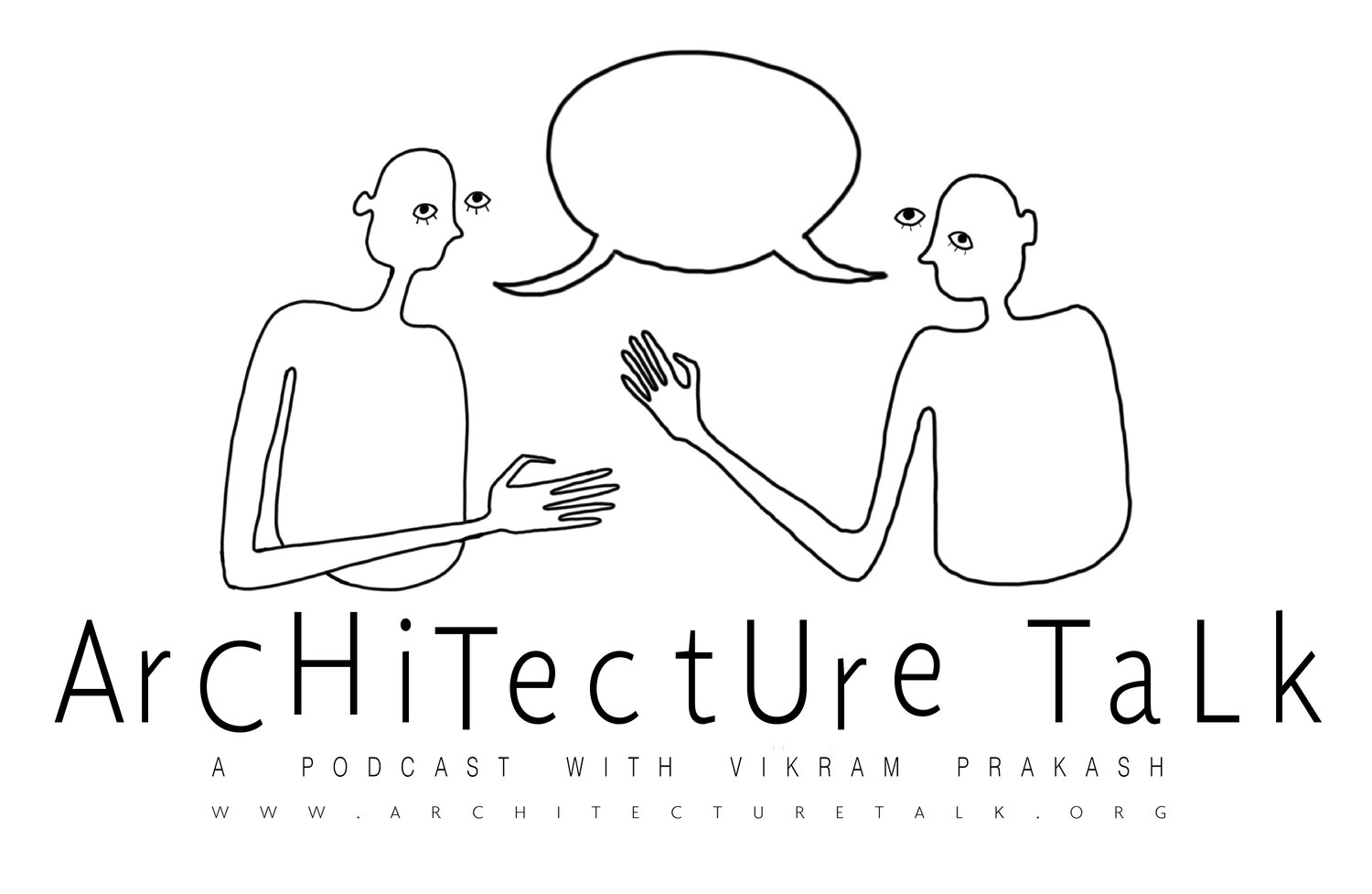60. At the Intersection of Environmental Justice and Public Space with Amita Baviskar
“One would think a riverfront embankment, like in London or in Paris…we’re trying to emulate that, except that what’s actually going on here is a form of enclosure. Because all kinds of poor people and things that they use these areas for get excluded from the new, consuming public”
What can we learn about an urban environment when we understand it, both socially and spatially, as an ecology? This week, we investigate the intersection of environmental justice and public space with sociologist, Amita Baviskar as we discuss her new book, Uncivil City: Ecology, Equity and the Commons in Delhi
Sage Publications, Dec. 19, 2019
Illustrations by Orijit Sen
Timestamp Outline
1:14 Vikram starts off our conversation by Introducing Amita’s new book, Uncivil City: Ecology, Equity and the Commons in Delhi and asking how she became interested in urban sociology?
2:07 Amita begins be describing her life in Delhi in the 90’s, teaching at Delhi University, at the time her focus was on the Narmada Valley and how the lives and identities of those who live in the area are shaped by their struggles surrounding access and use of the ecology.
See Amita’s book, “In The Belly of The River: Tribal Conflicts Over Development in the Narmada Valley”
4:14 “…I wondered how I could take the environmental questions about people’s rights and claims over nature, about their relationships with nature, into the city…”
“…and I’d wonder, what is nature in the city?” - AB
6:33 Vikram asks about the larger critique Amita is referencing with her title, “Uncivil City”, referring to the etymology of the word, civil
6:59 Amita responds by referencing how Indian political leaders have framed the relationship between citizens and city, referring to Bihar Ambedkar (who represented the former untouchable caste)
9:20 Amita describes a tragic incident of a man being beaten to death for defecating in some open space outside an affluent neighborhood.
11:14 “All the workers, the maid servants, the domestic workers who cleaned homes and looked after the children, they lived in that squatters settlement. So this is to me the way in which, in Delhi, there is both this utter dependence on the lives of very vulnerable, poor people, who are kept in a state of vulnerability because they don’t have legal rights to places where they stay. And yet, there is this complete denial of their citizenship rights…is this environmental politics? Is urban space and environmental issue? Is having a toilet an environmental issue?” -AB
12:15 Vikram expands on Amita’s questions, noting how the integration of urban ecology and environmental justice issues to the more typical work surrounding subaltern peoples reflects an interdependence, across both ecology and society, that we are entangled within.
12:58 “…there is an urban ecology which is of relationships between people which are fundamentally unequal, yet there is an interdependence…in fact it’s a perfect analogy for how we treat the biophysical world, there is interdependence and we perform such violence” - AB
15:56 Amita describes Delhi’s bourgeois environmentalists and “Clean and Green Delhi” raising questions, what do we mean when we say we care about the environment?
18:12 Vikram references the Sadarmati Riverfront Project and Marshall Berman’s ideas regarding collateral damage
19:30 Amita references the current Yamuna River Project and what used to be the commons
20:39 “One would think a riverfront embankment, like in London or in Paris…we’re trying to emulate that, except that what’s actually going on here is a form of enclosure. Because all kinds of poor people and things that they use these areas for get excluded from the new, consuming public” - AB
Amita goes on to describe how this is manifested in the Yamuna River Project Plans and the development and subsequent re-use of the 2010 Commonwealth Games Village
22:35 “Let’s say I was the authorized planning architect of the entire waterfront, and you are my sociologist, citizen, consultant…what would you put down as the things that biophysically must be there?” -VP
25:59 Amita refers to EWS (Economically Weaker Sections) Housing
27:46 Vikram asks about the controversy surrounding the Rajpath redevelopment
30:56 In describing her vision for what a new commons in Delhi could be, Amita references Washington DC’s development of the National Mall as a free space celebrating the nation
40:30 “What is the relationship between [the rural and the urban] in India?…describe to me why this person leaves the country side to live in the slums of the city” -VP
41:53 “…there’s been a profound loss of love in the idea of the village, or the country side, as a place to be. People don’t want to farm, no body wants to live there. They’d all rather be in the city! Even if their living in a tiny, one room tenement which they share with 20 other people, because that’s where you’re earning something a little bit more…” - AB
43:28 Vikram refers to his use of, “urbanization is actually better described as de-ruralization…”
This is a significant topic of Vikram’s past project, Chandigarh Urban Lab
45:12 Vikram asks Amita about the stunning illustrations in her book by graphic artist, Orijit Sen
45:41 Amita references Orijit’s mural (the worlds largest!!) at the Virasat-e-Khalsa Museum depicting life in Punjab as well as his (other) groundbreaking work, "River of Stories" in which Amita did the lettering







